7 Tips to Know Before Buying Garden Needs: A Practical Guide for Beginners
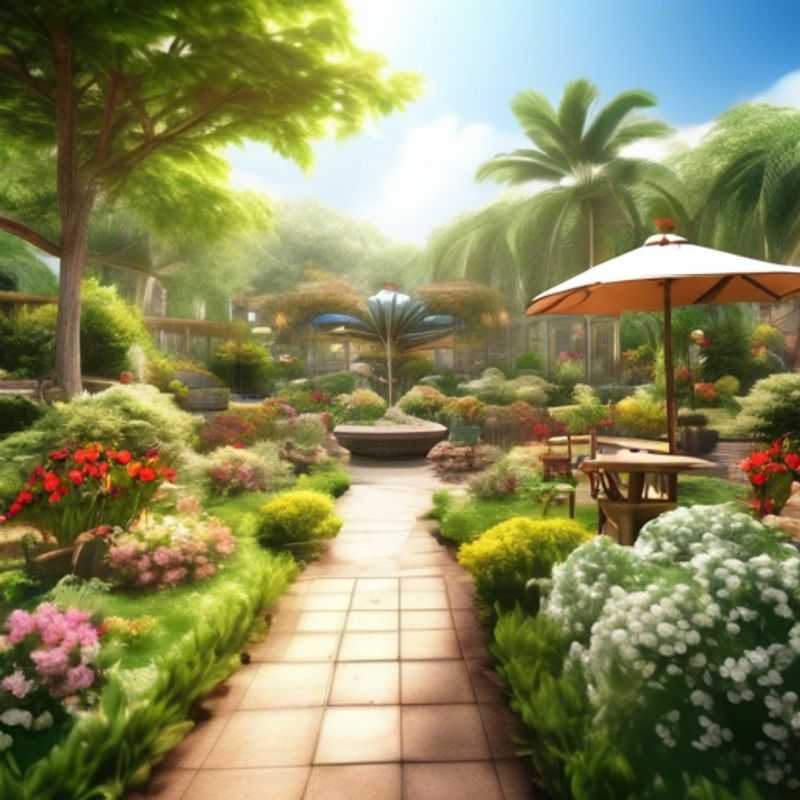
7 Essential Tips for Smart Garden Shopping: Measure, Research, Plan, Save, Maintain, Quality, and Reviews
Before embarking on your gardening journey, it's crucial to consider a few key factors to ensure a successful and rewarding experience. Here are seven essential tips to guide your garden needs purchases:
1. Measure your garden space accurately. This will help you determine the right size and quantity of items needed.

Measure Your Garden Space: Get the Right Size and Quantity, Every Time
Measuring your garden space accurately is essential for determining the right size and quantity of items you need. This ensures you don't end up with too little or too much, saving you time, money, and unnecessary waste. Here's a simple guide to ensure you get it right:
1. Define your garden area: Start by clearly defining the boundaries of your garden space. This includes areas you plan to use for planting, patios, walkways, and any other features you want to incorporate.
2. Use measuring tape or a laser measurer: These tools are your best friends for accurate measurements. A measuring tape is perfect for smaller areas, while a laser measurer is ideal for larger spaces. Ensure you measure both length and width.
3. Mark key points: Use stakes or string to mark key points in your garden area. This will help you visualize the layout and ensure accurate measurements.
4. Draw a rough sketch: Create a simple sketch of your garden on paper, including measurements. This will help you visualize the layout and plan your garden design.
5. Consider scale: Use a scale for your sketch, such as 1 inch equals 1 foot. This will help you visualize the proportions of your garden and ensure you are using the correct dimensions.
6. Don't forget the details: Remember to factor in the width of walkways, the size of patios, and any other features you want to include.
7. Measure twice, cut once: Double-check all your measurements before finalizing your plans. Accuracy is crucial for ensuring your garden design fits perfectly.
By following these simple steps, you can ensure you have an accurate measurement of your garden space, making the design and purchasing process much easier.
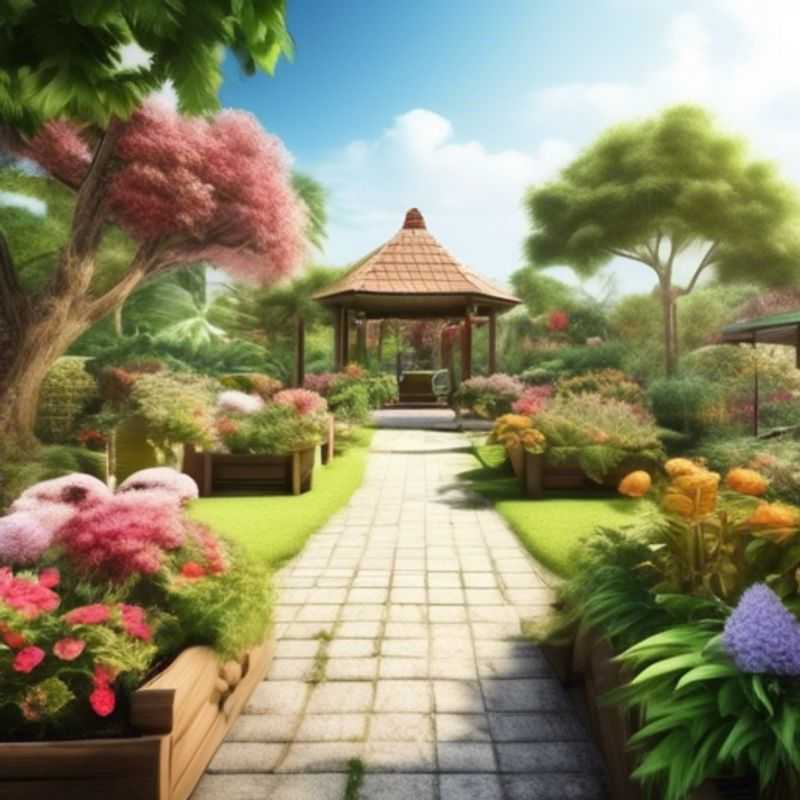
Unlocking Your Garden's Potential: Choosing the Right Plants, Soil, and Tools
To design an efficient and sustainable garden, research is crucial. Understanding your needs and local climate will guide you in selecting the right plants, soil, and tools. Start by considering plant types suited for your region and the desired aesthetics. For example, native plants often thrive with less maintenance and attract beneficial insects. Research their sun and water requirements, growth habits, and potential for attracting pests or diseases.
Next, analyze your soil. Different plants thrive in different soil types. A simple soil test can reveal its composition, pH level, and nutrient content. Based on the results, you can amend your soil to suit your chosen plants. For example, sandy soil might need additional organic matter for water retention, while clay soil might benefit from aeration. Compost, a natural and sustainable soil amendment, is often a good choice.
Finally, select the right gardening tools. Choose tools that are durable and comfortable to use, considering your physical capabilities and the types of tasks you'll be performing. Hand tools like trowels, hand cultivators, and pruners are essential for smaller tasks. For larger areas, consider a tiller, a wheelbarrow, or a lawn mower.
Remember, research is an ongoing process. As you gain experience, you can fine-tune your choices to maximize efficiency and sustainability. This might involve experimenting with new plant varieties, soil amendments, or gardening techniques.
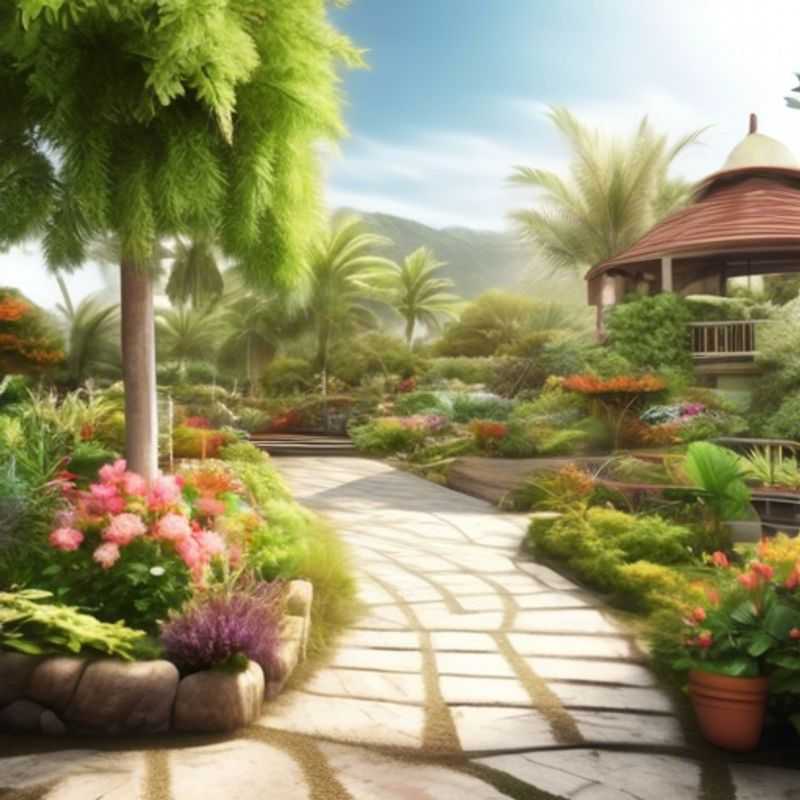
Choosing the Right Garden Items: Climate & Weather Considerations
Knowing your local weather and climate is crucial for choosing the right garden items. This helps ensure your plants thrive, your garden looks its best, and you save money in the long run. Understanding your climate zone, average rainfall, and temperature extremes are key to making informed decisions.
For example, if you live in a region with harsh winters, you might want to choose hardy, cold-tolerant plants. Or, if you experience frequent droughts, you'll need plants that can withstand periods of dryness. Watering systems, such as drip irrigation, can be particularly useful in drier climates, ensuring your plants get the water they need without waste.
Similarly, when selecting garden tools and equipment, consider the specific requirements of your area. For heavy clay soils, you'll need different tools than for lighter, sandy soils. And, if your region experiences strong winds, choosing sturdy garden structures like trellises and fences becomes important.
Always remember to consider the environmental impact of your choices. Opt for sustainable materials and practices whenever possible. This not only benefits the environment but can also save you money in the long run. For example, composting your yard waste reduces the amount of garbage you send to landfills and provides valuable nutrients for your soil.
By taking the time to understand your local weather and climate, you can make informed choices that benefit your garden, your budget, and the environment.
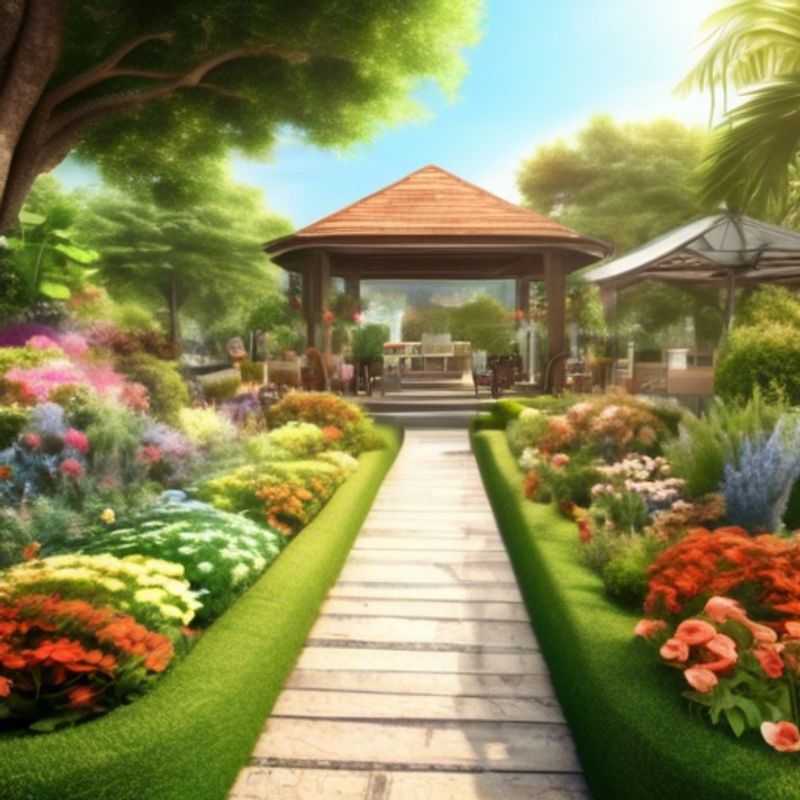
Unlocking Garden Savings: Finding Sales, Discounts, and Coupons
Saving money on garden supplies is essential for any gardening enthusiast. Taking advantage of sales, discounts, and coupons can significantly reduce your overall costs. Start by checking local garden centers and nurseries, as they often have seasonal sales and promotions. Sign up for email newsletters from your favorite retailers, as these often contain exclusive discounts and offers. Follow them on social media as they may announce flash sales and special promotions.
Websites like Groupon, LivingSocial, and RetailMeNot offer deals on garden supplies. Many online retailers also offer discounts for signing up for their email list or for following them on social media. Consider buying in bulk, as this can often lead to significant savings per unit. Lastly, don't be afraid to ask about price matching, as many retailers will match competitors' prices. Remember, a little research and effort can go a long way in saving money on your gardening supplies.
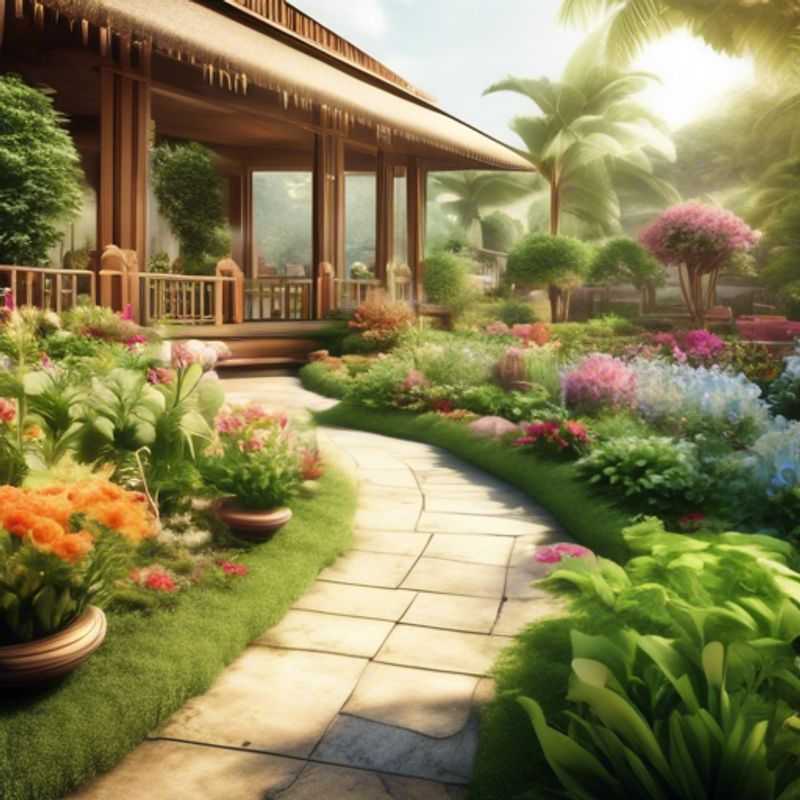
Beyond the Purchase: Planning for Plant and Tool Maintenance
Before buying any plants or tools, carefully consider their maintenance requirements. This will help you make informed choices that save you time, money, and effort in the long run.
Plants: Research the specific needs of each plant you’re interested in, including watering frequency, sunlight exposure, soil type, and potential pest or disease issues. Consider if you have the time and resources to meet these needs. For example, high-maintenance plants might require regular pruning, fertilizing, or disease treatment, which could add to your workload and expenses.
Tools: Choose tools that are durable, reliable, and easy to maintain. Look for tools made from high-quality materials, such as steel or aluminum, which will last longer and require less frequent repairs. Make sure you understand the specific maintenance requirements for each tool, such as sharpening, cleaning, or lubrication. Regularly check for wear and tear, and repair or replace tools as needed to prevent further damage.
Remember: investing in quality plants and tools that are well-maintained will ultimately save you time, money, and effort in the long run.
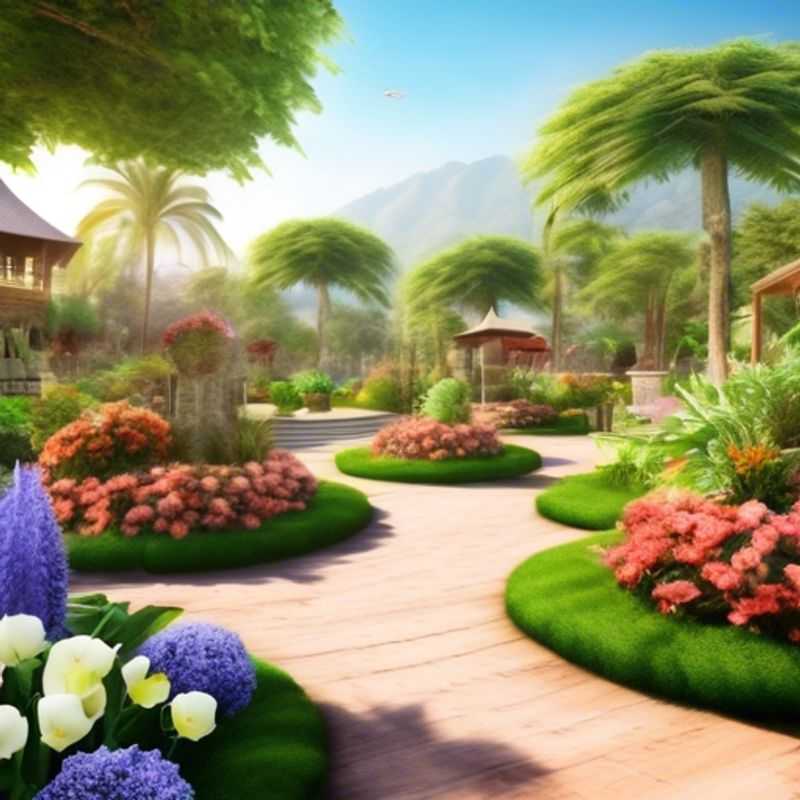
Build to Last: Choosing High-Quality Products for Long-Term Use
When it comes to ensuring the items you buy are of high quality and durable, there are a few key factors to consider. The most important aspect is to research the product thoroughly before making a purchase. Look for reviews from trusted sources, such as consumer reports or expert opinions, to get a sense of the product's quality and durability.
Another important consideration is the materials used in the product's construction. Opt for products made with high-quality, durable materials that are designed to withstand the elements and frequent use. This can include things like sturdy fabrics, reinforced stitching, and heavy-duty hardware.
It's also a good idea to consider the product's warranty or guarantee. Look for items that come with a robust warranty that covers any defects or issues that may arise during normal use. This can provide peace of mind and ensure that you're not left with a faulty product.
Finally, be mindful of the product's intended use and how it fits into your lifestyle. Consider factors like the frequency of use, the environment it will be used in, and any special requirements or needs you may have. This can help you make an informed decision and ensure that the item you purchase is a good fit for your needs.
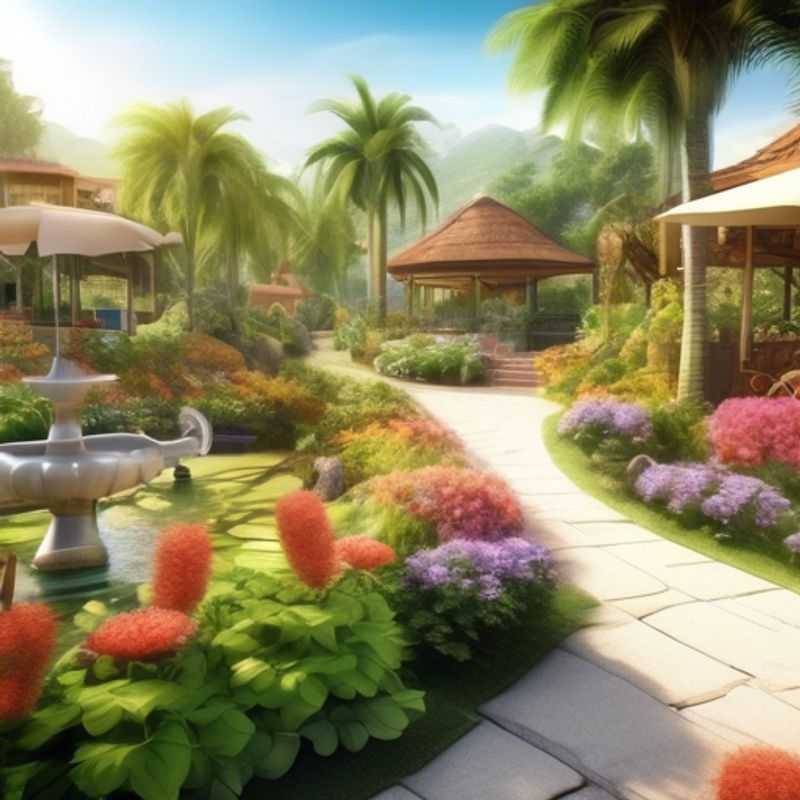
Gardening Smarter: Reading Reviews and Expert Advice for Informed Purchases
Before buying any garden product, it's crucial to do your research and make informed decisions. Read reviews from other customers on websites like Amazon, Home Depot, or specialized gardening forums. These reviews can provide valuable insights into the product's quality, durability, ease of use, and effectiveness. Additionally, consider consulting with gardening experts at local nurseries or garden centers. They can offer personalized recommendations based on your specific needs and climate. Remember, investing time in research can save you money and frustration in the long run. Consider consulting with a landscape architect for larger projects, especially if you are planning extensive landscaping changes. They can help create a sustainable and aesthetically pleasing design that fits your budget and needs.
